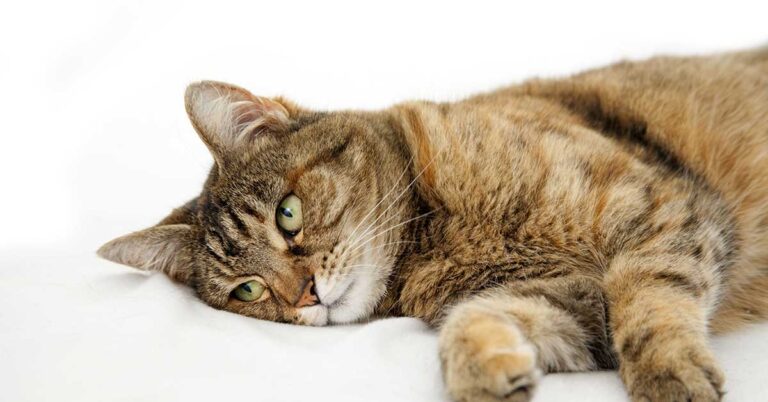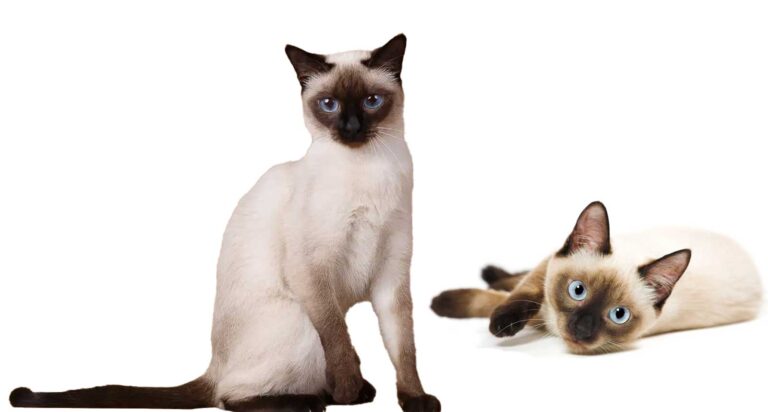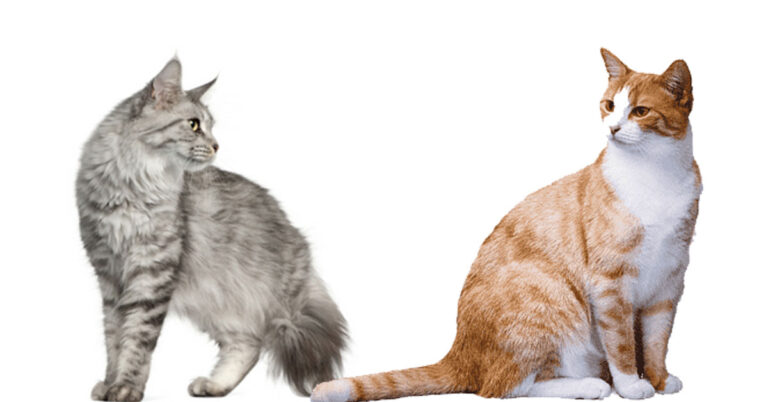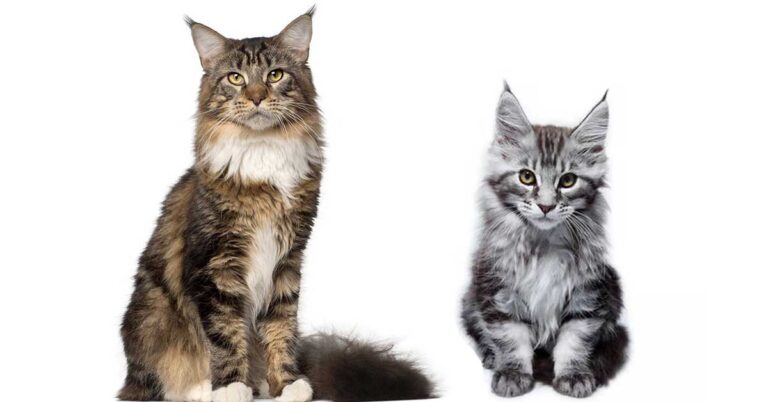Male vs Female Siamese Cats
When it comes to the charming world of Siamese cats, understanding the distinct attributes between male and female can be quite intriguing.
The debate of “male vs female Siamese cats” often sparks interest among potential pet owners and feline enthusiasts.
This discussion will delve into the fascinating differences and similarities between these two, taking into account their physical characteristics, behavior, and health considerations. So, join us as we explore the captivating topic of male versus female Siamese cats.
The History of Siamese Cats From their original home in Siam (now Thailand) to being a popular pet throughout the world
The origin of Siamese cats can be traced back to the ancient kingdom of Siam, now known as Thailand. They were highly regarded by royal families, and were often seen in the royal courts. The unique features of Siamese cats, such as their striking blue eyes, slender bodies, and color-point coats, were depicted in manuscripts dating back to the 14th century.
The breed made its Western debut in the late 19th century, when a pair of Siamese cats was gifted to an English ambassador. Upon his return to England, the ambassador introduced these exotic felines to his homeland, sparking great interest.
Their distinctive appearance and charming personalities soon captured the hearts of many, leading to their popularity as household pets across the globe. Today, Siamese cats continue to be a beloved breed, cherished for their sociable, affectionate nature and striking looks.
Physical Differences Between Male and Female Siamese Cats
Male and female Siamese cats show certain physical differences. Males typically have a larger, more robust build compared to their female counterparts.
They are generally heavier, with adult males weighing between 11-15 pounds, while females usually weigh between 8-12 pounds.
The head of a male Siamese cat tends to be broader and their bodies are more muscular, giving them a more imposing appearance.
On the other hand, female Siamese cats often have a more delicate and sleek physique, with a slender neck and a smaller, refined head.
However, both males and females share the same striking features that Siamese are famous for: captivating blue almond-shaped eyes, an elegant color-point coat, and a lithe, flexible body.
Differences in size, fur color, and vocalizations
While the size differences are already discussed, Siamese cats, regardless of gender, are also known for their distinct fur color.
The breed is recognized for its color-point pattern, where the body is lighter in color, and the extremities—like the ears, face, paws, and tail—are darker.
However, males and females can exhibit slight variations in their coat color. Hormones can influence the fur color of Siamese cats, which means neutered males and females may have lighter coats compared to their unneutered counterparts.
As for vocalizations, Siamese cats are known to be one of the most vocal breeds. They are often described as having a loud, low-pitched voice that is used frequently.
It’s worth noting that the vocal tendencies can vary widely among individuals, regardless of gender.
Some Siamese cats may only voice their opinions when they want something, such as food or attention, while others may be more chatty and expressive throughout the day.
Therefore, it’s challenging to draw a definitive conclusion about vocal differences between male and female Siamese cats.
However, anecdotal evidence suggests that male Siamese cats may have a deeper, more resonant meow compared to females, while females may have a more high-pitched and softer meow.
Personality Traits of Male and Female Siamese Cats – quieter males vs more independent females
When it comes to personality traits, both male and female Siamese cats are known for their affectionate, sociable, and intelligent nature.
However, there are some discernible traits that differentiate the two genders. Males are often perceived as being more relaxed and quieter than their female counterparts.
They are generally more likely to enjoy lounging around the house and are less prone to engaging in mischievous behavior.
They show a great deal of affection towards their humans and are known to form deep bonds with their owners.
On the other hand, female Siamese cats are usually more independent and assertive. They are often described as being more active and playful, with a higher propensity for exploratory behavior.
Females are also known for their maternal instincts, often showing protective behavior towards their human family members.
However, this does not mean that they are less affectionate than males. In fact, female Siamese cats can be deeply affectionate, but they tend to show their love on their own terms.
It’s important to remember, though, that these are general observations and individual cats can vary greatly in their personality traits, irrespective of their gender.
When choosing a Siamese cat as a pet, potential owners should consider factors like the cat’s individual personality, health, and lifestyle compatibility, rather than focusing solely on the gender.
Tips for Training a Male or Female Siamese Cat
Regardless of gender, Siamese cats are known for their intelligence, which makes them relatively easy to train.
Here are a few tips to aid in training your Siamese cat:
- Start Early: Begin training as soon as your Siamese kitten arrives home. This helps in forming habits and behaviors at a young age.
- Use Positive Reinforcement: Rewarding your Siamese cat for good behavior is a key aspect of successful training. This can be in the form of treats, praises, or extra playtime.
- Consistency is Key: Ensure all members of your household follow the same rules and training methods. This prevents confusion and helps in better learning.
- Patience: Training takes time. Be patient and persistent. Remember, the goal is to foster a strong bond with your Siamese cat.
- Interactive Play: Siamese cats are very active. Incorporate interactive play sessions in your training routine to keep them interested and engaged.
- Socialization: Siamese cats are social creatures. Expose them to different environments, people, and other pets at an early age to make them more adaptable and well-rounded.
- Health Check-Ups: Regular health check-ups are important to ensure that your cat is in good health. Cats may not respond well to training if they are not feeling well.
How to use rewards-based training to get the best results
Rewards-based training, also known as positive reinforcement training, is an effective and humane method of training cats including the Siamese breed.
The essential principle behind this approach is to reward desired behaviors, which encourages the cat to repeat them.
To get the best results from rewards-based training, follow these steps:
- Identify a Reward – Understand what motivates your Siamese cat. This could be treats, playtime, or affection. However, treats often work the best. Make sure to choose small, low-calorie treats since you’ll be giving them frequently.
- Capture the Desired Behavior – Wait for your cat to display the desired behavior naturally. This could be anything from using the litter box to scratching on their post instead of your furniture.
- Reinforce the Behavior – After your cat does the desired behavior, immediately reward them with their preferred treat and praise. This will help them associate the behavior with the reward.
- Repetition – Repeat this process consistently. The more often you reward the behavior, the more likely your cat is to repeat it.
- Gradually Increase Expectations – As your cat gets better at the behavior, you can start to ask for more. For example, if you’re teaching your cat to sit, you might start by rewarding them for any attempt at sitting, but eventually only reward them when they sit completely.
- Keep Training Sessions Short – Cats have short attention spans. Keep training sessions brief and positive to maintain their interest and prevent frustration.
Health Considerations for Male and Female Siamese Cats
Siamese cats, regardless of gender, are generally robust and healthy, but they are susceptible to certain genetic and breed-specific health conditions.
Both males and females can suffer from respiratory and dental issues.
Additionally, they are prone to certain heart diseases such as Hypertrophic Cardiomyopathy (HCM), a condition that results in the thickening of the heart muscles.
Siamese cats are also genetically predisposed to Progressive Retinal Atrophy (PRA), a condition that can cause vision loss.
Male Siamese cats have a higher tendency to develop urinary tract problems, including Feline Lower Urinary Tract Disease (FLUTD).
This condition can cause painful and frequent urination, and it is often related to dietary factors.
Female Siamese cats, on the other hand, may be more susceptible to hormonal imbalances and mammary gland tumors, especially if they are not spayed.
It is crucial to ensure your Siamese cat undergoes regular veterinary check-ups to detect and manage these conditions early.
Regular vaccinations, a balanced diet, and good dental hygiene are also important for the long-term health of your Siamese cat.
Remember, early detection and proactive healthcare can significantly improve your pet’s quality of life.
Common health problems that can affect either gender
While Siamese cats are generally healthy, both genders can be affected by a few common health problems. Among these are:
- Asthma or bronchial disease: This condition can cause coughing, wheezing, and breathing difficulties. It’s often triggered by environmental factors like smoke, dust, or certain types of litter.
- Gastrointestinal issues: Siamese cats may develop food allergies or sensitivities leading to gastrointestinal problems like diarrhoea, vomiting, and weight loss. An appropriate diet can help manage these issues.
- Liver Amyloidosis: This is a rare genetic disease that affects the liver. It’s more common in Siamese and related breeds.
- Cross-Eye: Cross-eyedness is a genetic trait in Siamese cats, but it does not affect their ability to lead a normal life.
- Obesity: Siamese cats love to eat and can become overweight if their diet isn’t carefully managed. Obesity can lead to other health problems like diabetes and arthritis.
How to Find the Perfect Match for Your Home – considering breeders, rescue centers, or shelters for your new companion
When looking to add a Siamese cat to your family, it’s essential to consider all available options – breeders, rescue centers, and shelters.
- Breeders: Purchasing a Siamese kitten from a reputable breeder can be an excellent choice if you’re looking for a purebred cat with a known health and lineage history. Ensure you choose a breeder who is registered, transparent about health screenings, and provides a clean and loving environment for their cats.
- Rescue Centers: These are ideal if you’re open to adopting a mature cat. Many Siamese cats in rescue centers are there through no fault of their own and make wonderful pets. These cats are typically neutered, vaccinated, and health-checked, making adoption a less risky proposition.
- Shelters: Animal shelters often have a variety of cats, including Siamese cats or mixes. Adopting from a shelter can save a life and give a second chance to a deserving pet.
Conclusion
In conclusion, owning a Siamese cat can be a wonderfully rewarding experience, filled with love, companionship, and sometimes challenges.
Whether you’re training them or taking care of their health, it’s important to remember patience, consistency, and understanding are key.
Equally crucial is regular veterinary care, which can help detect and manage any breed-specific or general health problems early.
Lastly, when looking to bring a Siamese cat into your home, consider all options – breeders, rescue centers, or shelters – and choose wisely, ensuring your new feline friend is a perfect match for your lifestyle and preferences.
With the right care, a Siamese cat can be a cherished member of your family for many years to come.







